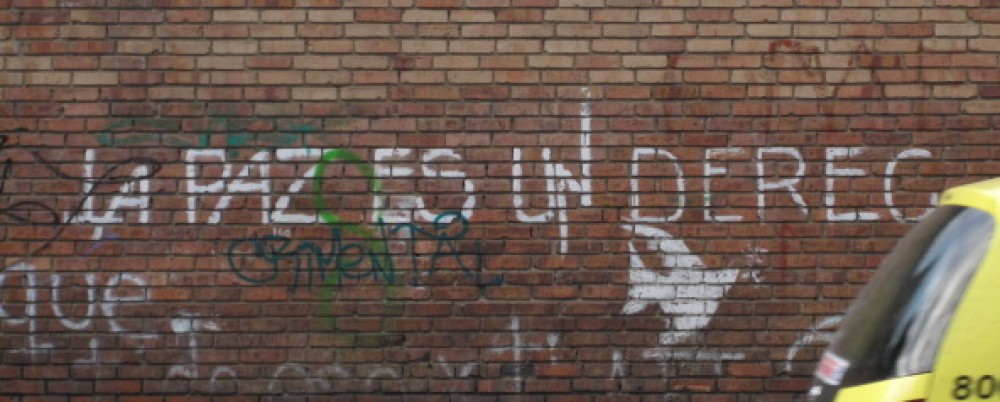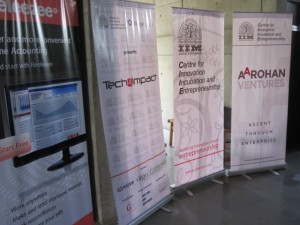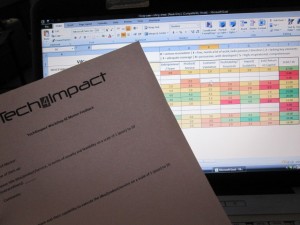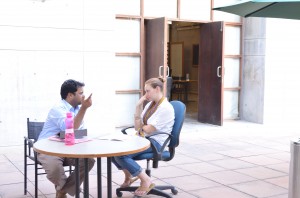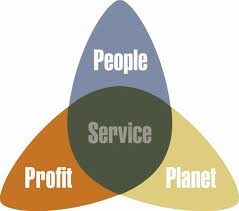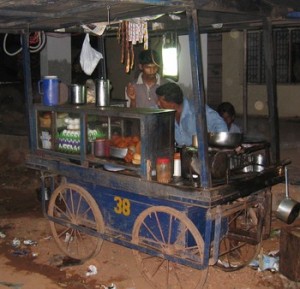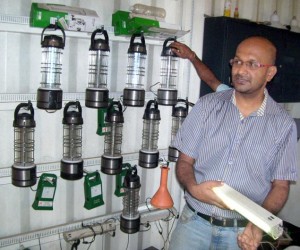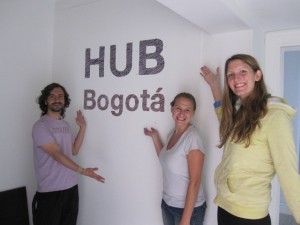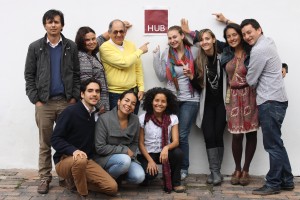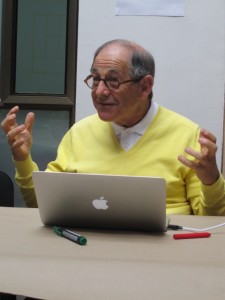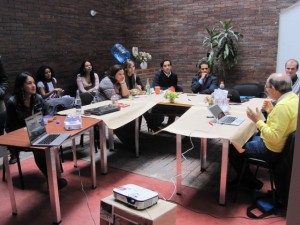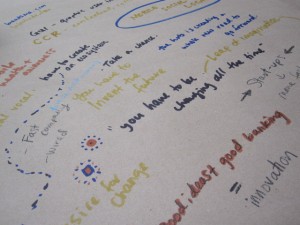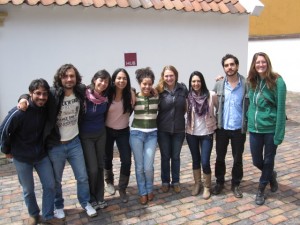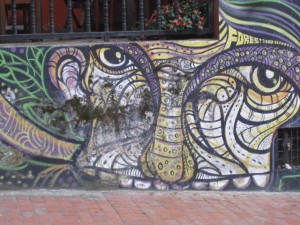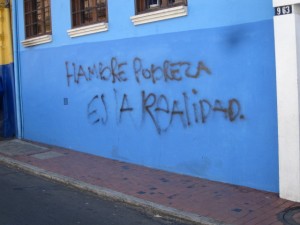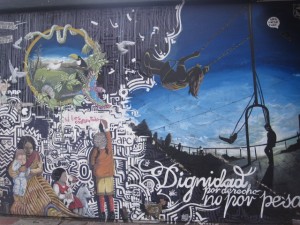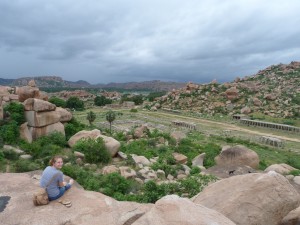 There is nothing I can write about India that hasn’t already been written. The land of a thousand paradoxes. What I can do, is write the truths that I have seen in my time here. I think I have seen humanity at its ugliest and most beautiful. The visions of families, hard-working with low wage jobs, sleeping on the concrete on the side of the road. Making dinner over coals on the sidewalk. There is no privacy in a country of 1 billion people. All the bodily functions are seen, people defecating, vomiting, urinating, spitting, farting, burping; nothing is masked behind frivolities of manners. Children seem to grow up too fast, working jobs washing dishes at roadside cafes, or begging in traffic, or just being left alone for hours to care for themselves or more often a younger sibling. A four year old girl that is left to care for her toddler brother who is pants-less and covered in the pollution of the traffic rushing past. The stench of chicken and fish being sold in noon day Indian heat out of the back of a miniature van with no refrigeration or even Styrofoam cooler. The sewage that rises during the monsoons and floods the streets, until the sun evaporates the liquid, leaving just the traces of solid sewage pieces behind. Honking, constant honking. Loud, unruly fireworks and prayer calls and dog barking that occurs at all hours of the day and night. This is the daily street scene. This is what I glimpse as a passing foreigner.
There is nothing I can write about India that hasn’t already been written. The land of a thousand paradoxes. What I can do, is write the truths that I have seen in my time here. I think I have seen humanity at its ugliest and most beautiful. The visions of families, hard-working with low wage jobs, sleeping on the concrete on the side of the road. Making dinner over coals on the sidewalk. There is no privacy in a country of 1 billion people. All the bodily functions are seen, people defecating, vomiting, urinating, spitting, farting, burping; nothing is masked behind frivolities of manners. Children seem to grow up too fast, working jobs washing dishes at roadside cafes, or begging in traffic, or just being left alone for hours to care for themselves or more often a younger sibling. A four year old girl that is left to care for her toddler brother who is pants-less and covered in the pollution of the traffic rushing past. The stench of chicken and fish being sold in noon day Indian heat out of the back of a miniature van with no refrigeration or even Styrofoam cooler. The sewage that rises during the monsoons and floods the streets, until the sun evaporates the liquid, leaving just the traces of solid sewage pieces behind. Honking, constant honking. Loud, unruly fireworks and prayer calls and dog barking that occurs at all hours of the day and night. This is the daily street scene. This is what I glimpse as a passing foreigner.
But, as my time has continued on here, I have also seen beyond these shallow scenes. I have seen the humanity of families that have very little giving and sharing amongst themselves. I have been shown kindness in the simplest acts. An old man in line at the post office, trying desperately to assist in his broken English. A family sharing their chocolate biscuits with me while on a long, tired train ride. The stares and curious glances melt away when school children run up to say “hello” and practice their English skills – giant smiles on their faces. The aromas of delicacies pouring from homes and huts, recognizing the scent of now familiar spices, wondering if the family is making chapatti or paratha to eat alongside their paneer and subsi dishes. The beautiful colors that are woven into every aspect of life here; fashion, home, scooter, art, religion. Flowers decorate homes, offices and roadside altars. The sight of so many species of birds. I have never dreamed of so many different bird and lizard species that are present while walking from home to work. Some are songbirds, some screech, some drive me crazy with their whiny pitch, but recognizing the birds with their calls is a first. Being welcomed into home after home with such sweetness. Seeing a classroom full of children that have never met a foreigner before, where the concept of a country (like India but different) is hard to imagine and seems funny. The scenery so breathtaking… paddy fields, boulders, valleys, mountains, exotic forests with palms big and small.
The juxtaposition of old and new in every feature of life here is dizzying. It seems beautiful and magical and at the same time disappointing. It’s troubling to see so much development abutted to despair. I read a novel while I was here that was set in an anonymous Indian city in the 1970s. The descriptions of daily struggles in the character’s lives, the corruption, reliance on underworld financing, government bullying, can be seen today. It’s hard to reconcile that in the 40 years that has seen the rise of Indian technologies eclipse that of the first world, that the social struggles of yesteryear remain. Troubling still is the feeling of powerlessness to even act.
